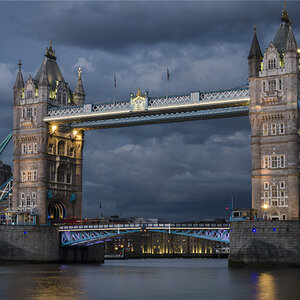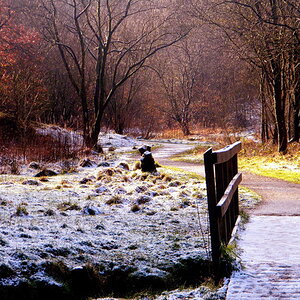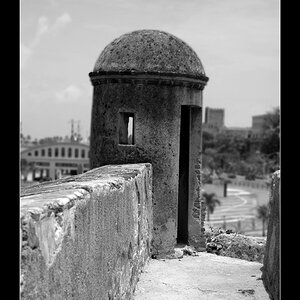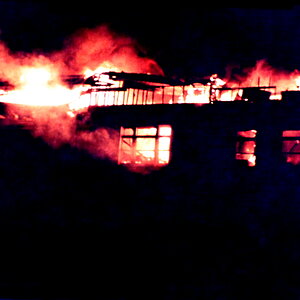ffmedjoe
TPF Noob!
- Joined
- Nov 11, 2012
- Messages
- 11
- Reaction score
- 0
- Location
- Wisconsin
- Can others edit my Photos
- Photos OK to edit
Hello all,
I am new to this forum and new to DSLR photography. I have been taking pictures for a couple of days now and i just can't seem to get the "perfect" picture. Every thing just seems fuzzy. I have been reading and watching movies about shutter speed, iso and aperture and I think I've got a pretty good idea of what I'm doing. However, it appears I am missing something.

I am new to this forum and new to DSLR photography. I have been taking pictures for a couple of days now and i just can't seem to get the "perfect" picture. Every thing just seems fuzzy. I have been reading and watching movies about shutter speed, iso and aperture and I think I've got a pretty good idea of what I'm doing. However, it appears I am missing something.








![[No title]](/data/xfmg/thumbnail/40/40287-4f839095000f74d779b90ed75df9dc62.jpg?1619739408)









